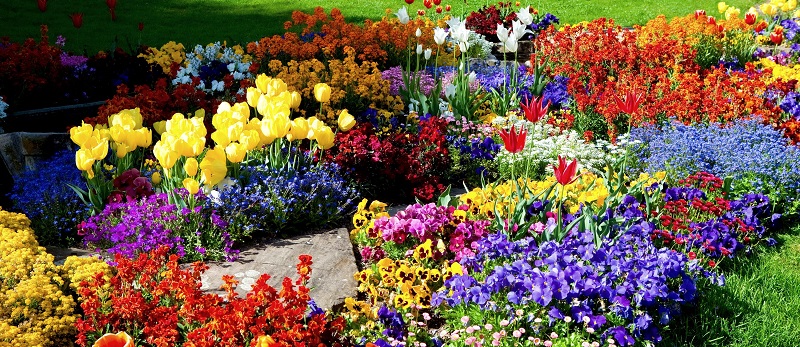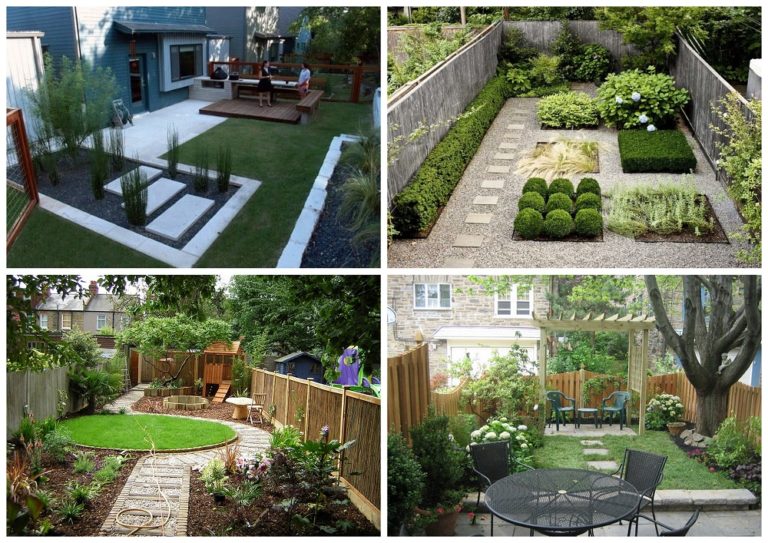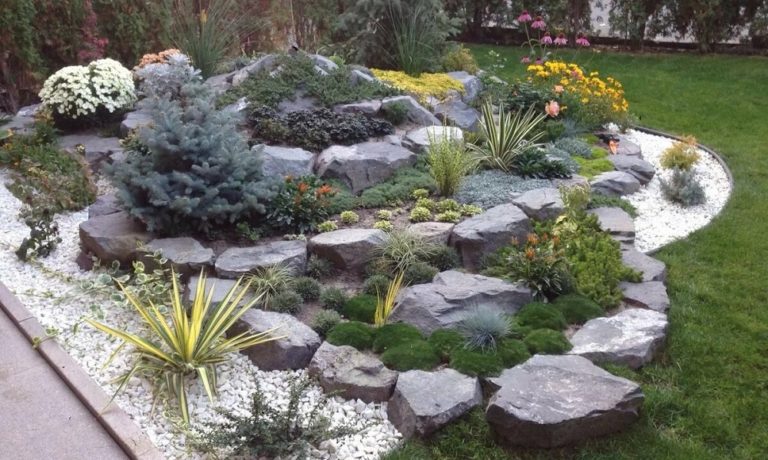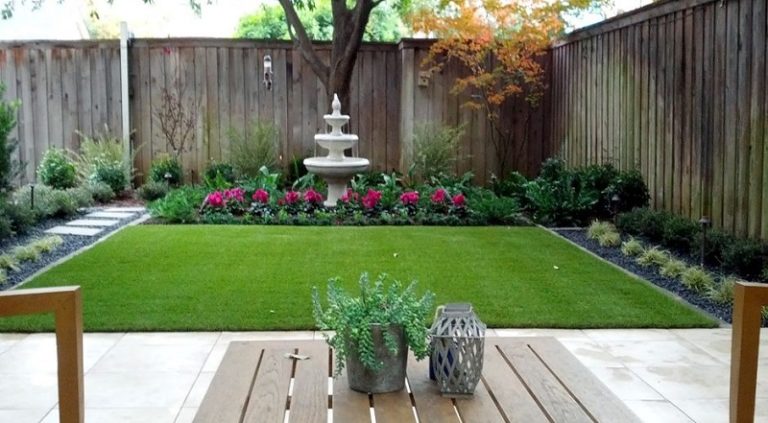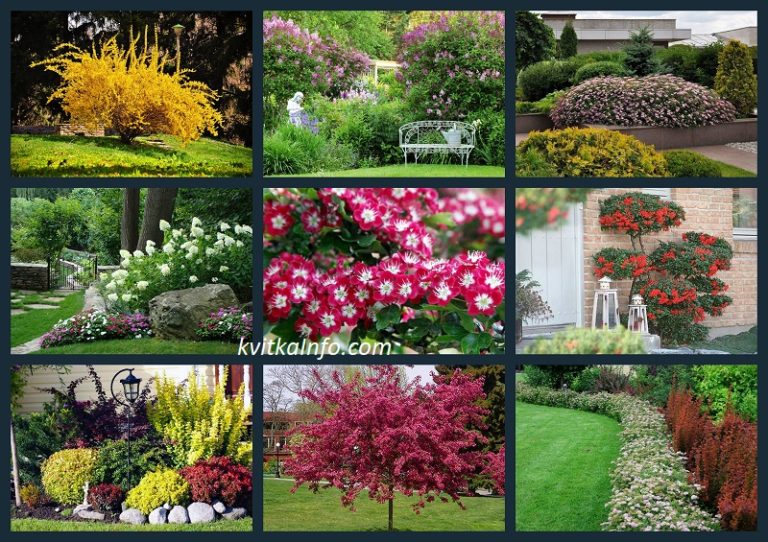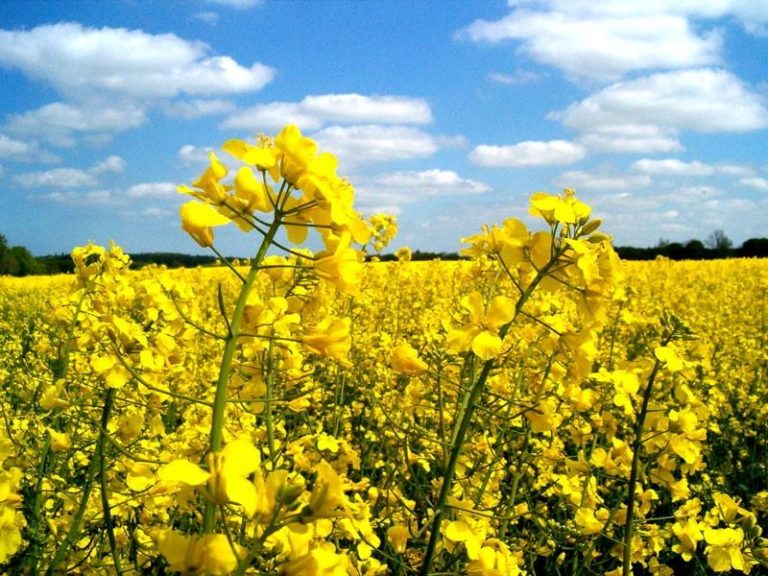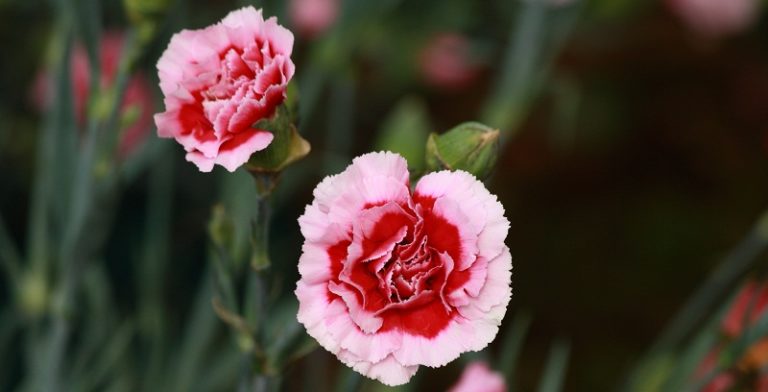Flower bed of continuous flowering
Flower beds that delight the eye with their bloom throughout the season are the dream of every gardener, which is not difficult to realize if you correctly design the planting of plants and combine annuals with perennials. Flower beds of continuous flowering are the masterpieces of the florist – gardener, from whom you get aesthetic pleasure at any time of the year.
The secret of creating such a flower bed is quite simple, it is enough to choose perennials with different flowering periods, and complement the composition with bright annual plants with long-term flowering. To complete the flower arrangement, we need to dilute the flowers with plants with decorative leaves, which look spectacular from spring, to frost, and even in winter.
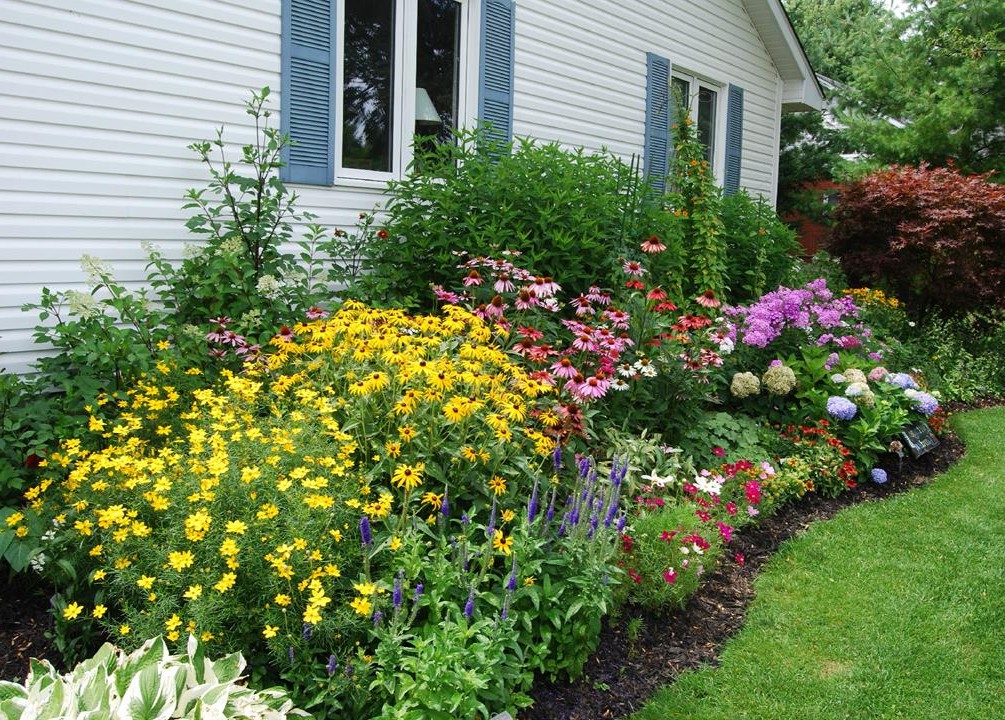
The sequence of placing plants in the flower bed
- Planting plants in a flower bed should begin with tall perennials, in the background, and end with a composition of ground cover in the foreground.
- For a picturesque effect, we need to plant 3-5 specimens of evergreen, or ornamentally deciduous plants, and 9-10 varieties of perennials with different flowering periods and different heights.
- Next, we start from perennials, in which the flowering period is from 3-4 weeks and plant a couple of annual plants with long flowering.
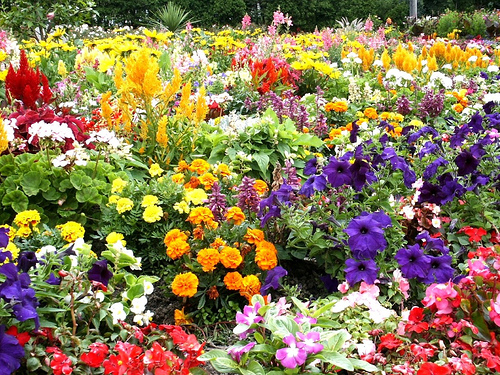
Rules for creating a flower bed of continuous flowering
For the most effective design of a flower bed of continuous flowering, certain rules must be followed.
- Take into account the period and timing of flowering, perennials.
- It is especially important to maintain the distances between plants in order to ensure normal conditions for the growth and development of perennials and annuals (plantings of too dense annual plants can drown out perennials, which will lead to their death).
- Plant selection. You need to pay special attention to the choice of plants. To choose plants for a flower bed, you need to take into account the following factors: the exactingness of plants to light, soil characteristics, drought resistance, height, plant growth rate.
In order to decide on the choice of plants, and their number, with a combination of colors, you can first draw several schemes of a flower bed of continuous flowering on paper. Outlining the shape of the flower garden. If the flower bed is located in an open area, then the center of the composition is filled with tall plants, and lower flowers are placed closer to the edges of the flower garden. When placing a flower garden along the wall, tall flowers occupy the back of the composition, and low-growing and ground cover plants are planted in front.
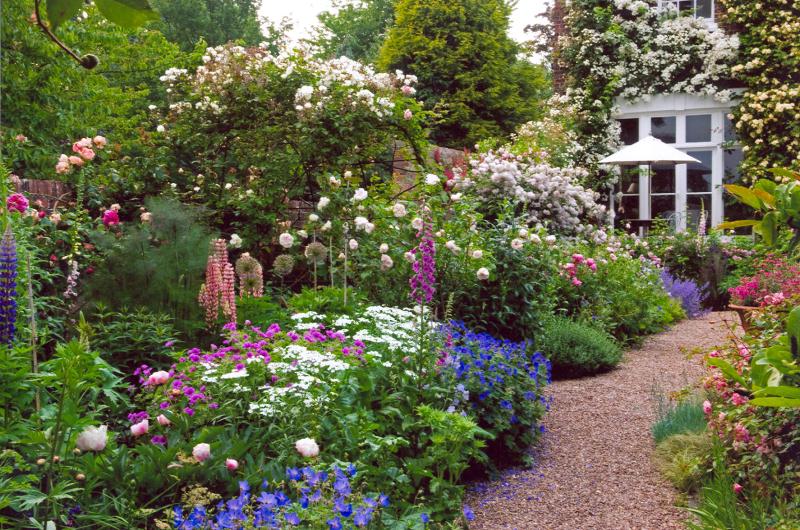
Selection of plants for a flower bed of continuous flowering
Plants for a flower garden that bloom throughout the season.
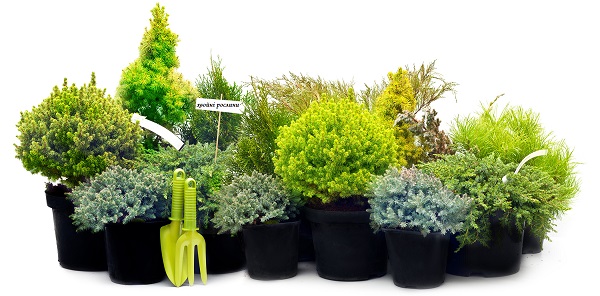
- Perennial bushes: Juniper or ornamental thuja, rhododendron (azalea), dwarf magnolia, forsythia, ornamental almonds.
- Bulbous: snowdrops, crocuses, daffodils, tulips, muscari, irises and others.
- Perennials: primrose, liverwort, hellebore, ground cover phloxes, phloxes, delphinium, sage, lily, cockerels, heuchera, hydrangea, Carpathian bellflower, pelargonium, rose, chamomile, carnation and others.
- Annuals: lobelia, marigolds, sage, aster, petunia, alysium and others.
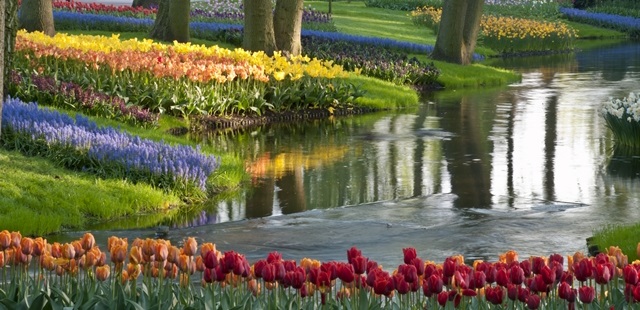

By planting evergreens and ornamental plants, we ensure a beautiful appearance of the flower bed throughout the year, they look especially beautiful in winter, when the flower bed is covered with a layer of snow-white snow.
Ideas for using stones in the garden, video:
In early spring, pedicels with large white, red hellebore flowers break through the ice in a flower bed, which bloom even in slight frosts, snowdrops bloom to replace hellebore. Waking up from the first spring rays, delicate primroses, yellow, white and purple crocuses bloom, pleasing the eye, lungwort giving the flower bed a variety of colors, azaleas, tulips, daffodils, muscari and irises bloom, and very beautiful brothers. At this time, covering the flower garden with carpets, ground cover phloxes bloom, giving the flower garden a bright variety, covering the cockerels, which give an unusual look to the flower bed with sharp leaves.
During this period, when the perennials in the flower bed have already awakened and empty areas between the perennials have begun to appear, they can be filled with seedlings or sowing seeds of annual flowers that will bloom in the second half of summer. From the first days of June, a real “flower extravaganza” unfolds, at the same time Carpathian bells, delphiniums, roses, pelargoniums, petunias, alysiums and others bloom. Following them, lilies, astilbe and heuchera bloom. Blue, white, pink inflorescences of delphiniums, tall as candles, give the flower bed a special brightness and unusualness. Our flower garden is complemented by bright balls of pelargoniums and hydrangeas, which bloom from spring to late autumn. When the summer heat subsides and autumn comes, dahlias, phloxes, chrysanthemums, marigolds, zinnias and other late bloomers sown in spring, which bloom until frost, take the baton of flowering.
With the onset of frost, we will have to say goodbye to this picturesque beauty, until the first rays of the spring sun, and we just have to remember the brightness of the color scheme in the flower bed, which bloomed and decorated our yard, with the multi-colored colors of its flowers throughout the year.
Experiment and over time you will make your flower garden of continuous flowering.

